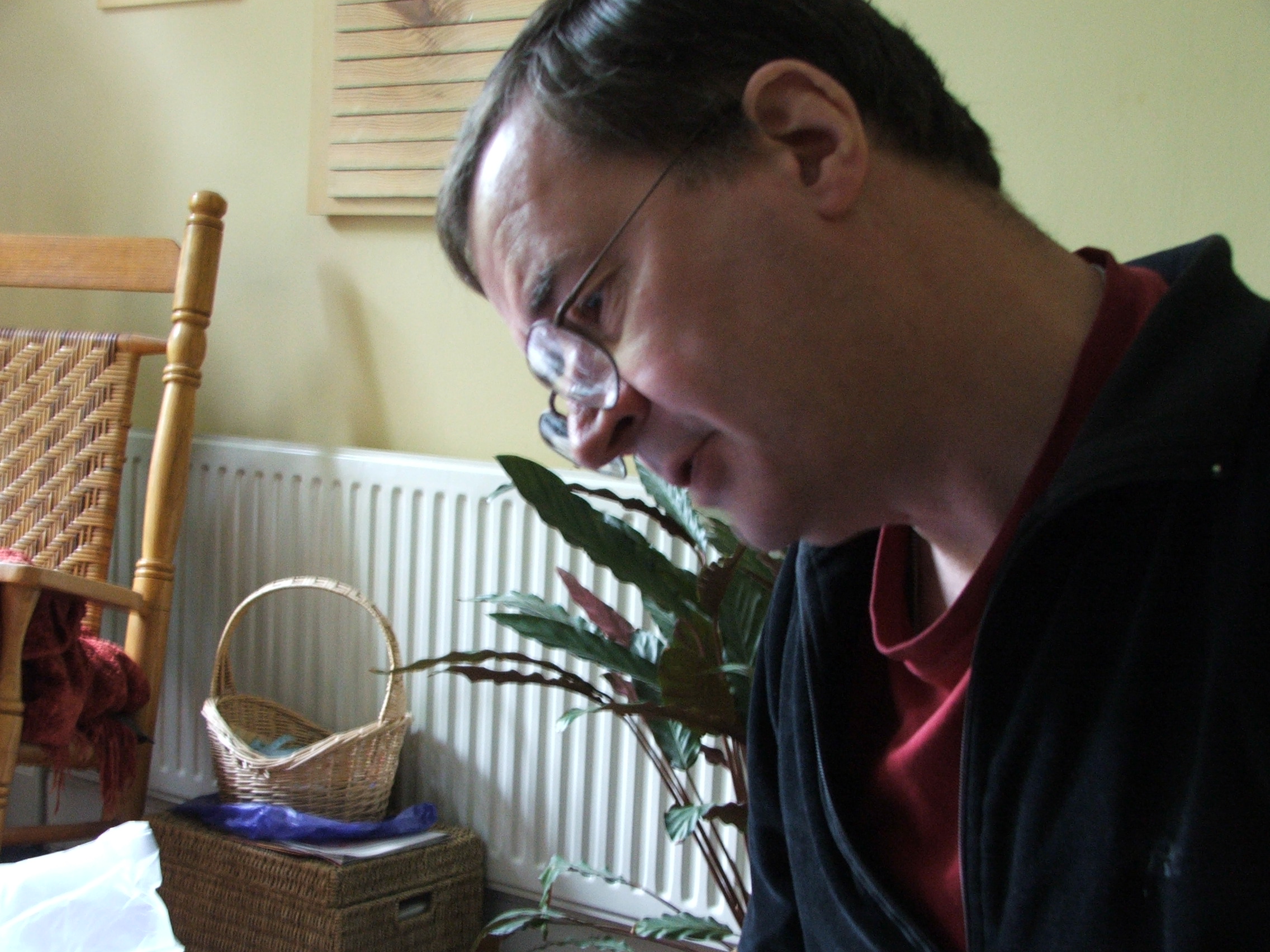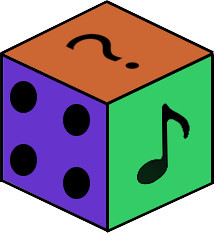
Christopher Hobbs (b. 9 September, 1950) is an English experimental composer, best known as a pioneer of Systems music (a.k.a. "minimalism") in Great Britain.
He was Cornelius Cardew's first student at the Royal Academy of Music from 1967. Hobbs worked with Cardew and Christian Wolff, and he joined AMM free improvisation group, appearing on two albums: The Crypt and Laminal.
In 1969, Hobbs was in Scratch Orchestra from the first meeting, and, as its youngest member, designed the Scratch Orchestra's first concert, at Hampstead Town Hall on 1 November 1969. His early composition Voicepiece, part of his Verbal Pieces group, was used often enough to be called a Popular Classic in the Scratch Orchestra nomenclature.

As experimental music was hard to come by, Hobbs gathered sheet music from friends and founded the Experimental Music Catalogue in 1968 as a distribution centre. Various pieces were eventually grouped into a series of Anthologies according to themes like the Verbal Anthology (of text-notation music). These anthologies published mainly British works, but also pieces by Frederic Rzewski and other American experimentalists.
Hobbs was a founder-member of the Promenade Theatre Orchestra (PTO), with John White, Alec Hill, and Hugh Shrapnel, a group of composer-performers that specialised in music for toy pianos and reed organs. On the breakup of the PTO (for political reasons, as Shrapnel and Hill wanted a greater political content in the works played and Hobbs and White did not), Hobbs and White formed the eponymous Hobbs-White Duo, which lasted until 1976. He also took part in several momentous one-off concerts, most notably in a complete performance of Erik Satie's Vexations.
Hobbs' musical output includes his Duchamp-influenced musical readymades, in which found materials are manipulated in some manner, such as The Remorseless Lamb (1970, Bach rearranged by random means). His best-known work of this time is probably Aran, in which the note-to-note system is taken from the knitting pattern for an Aran sweater. In the 1980s, Hobbs wrote for the then-new Casio electronic keyboards.
Since the 1990s, Hobbs returned to systems composition, some with an emphasis on textual content. The combination of strict rigour and audience-friendly surface is typical of most of Hobbs' work since 1970, as is his use of cheap (toy or amateur) electronics. Hobbs has recently begun using GarageBand software to write a series of pieces based on sudoku puzzles (which provide permutations of numbers and letters in a grid). This has led to a double album released in 2006, called Sudoku Music. In 2009 Sudoku 82 was released.
Since 2020, Sudoku Music is available to stream on Bandcamp:
https://experimentalmusiccatalogue1.bandcamp.com/album/sudoku-music
The text above in based on the Wikipedia entry, CC BY-SA 3.0, with many edits.
You can compare versions under History in the bottom menu.
Our wiki's biographical notes are not intended to give the full account of lifetime events, they show person's connection to music/games.
Photo of Christopher Hobbes by Experimusic at English Wikipedia, CC BY-SA 3.0, https://commons.wikimedia.org/w/index.php?curid=56377816
Photo 'Casio VL-1 VL-TONE' by synx508, CC BY-NC 2.0 (rotated)
Activities outside of the library:
If you think anything should be added to this subpage, please drop a hint or a link for future editors.
